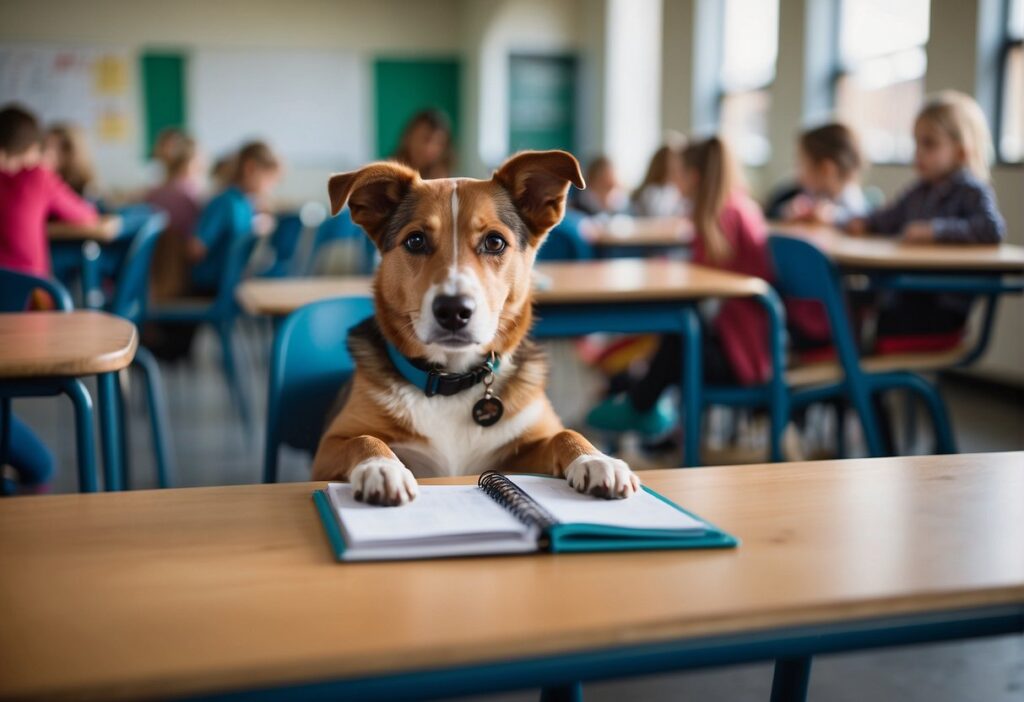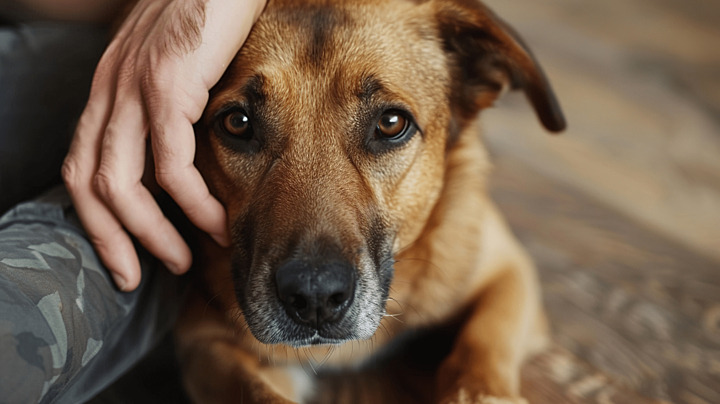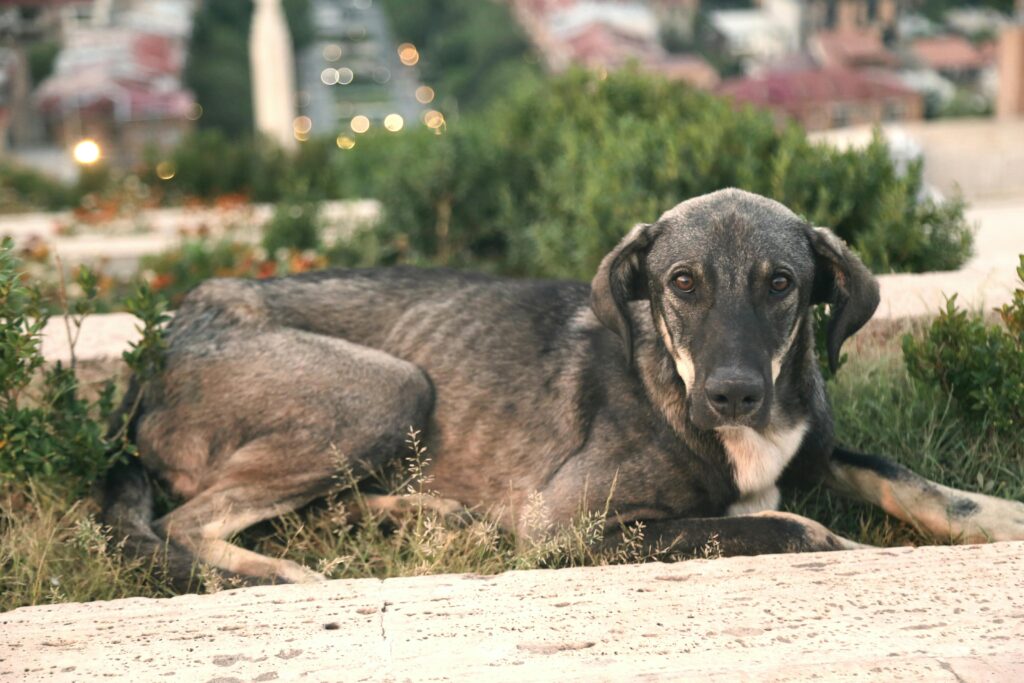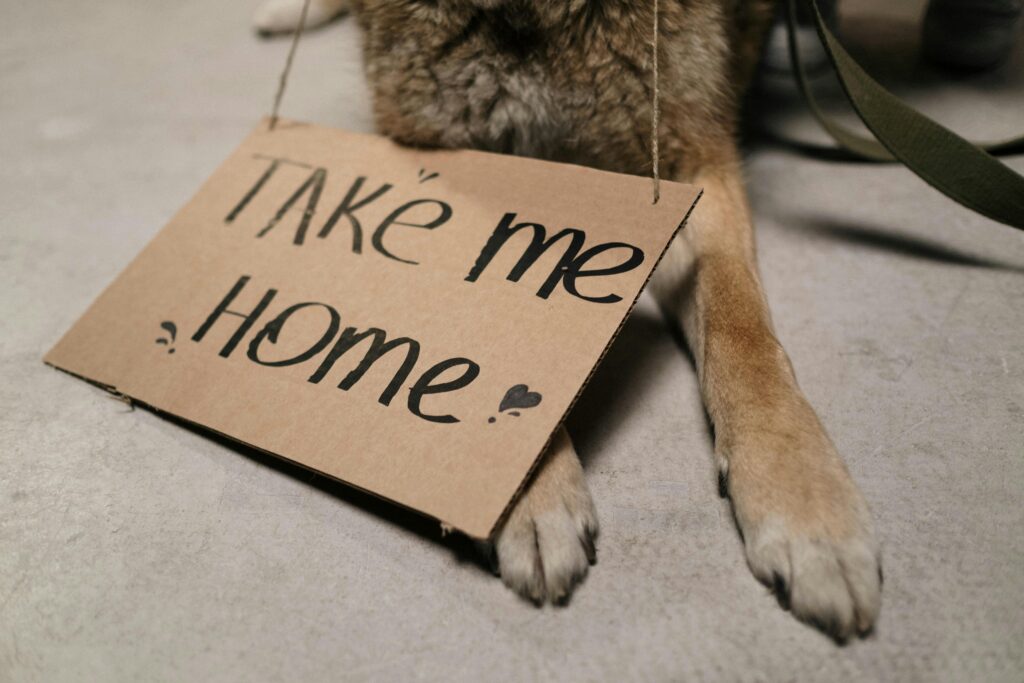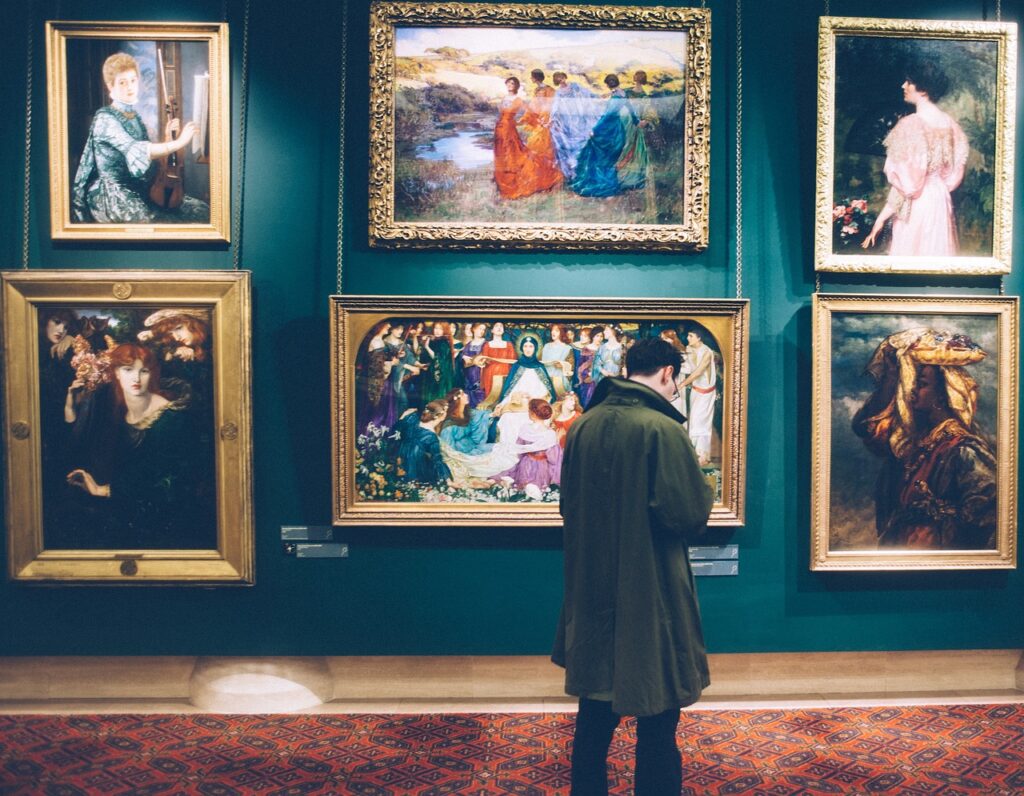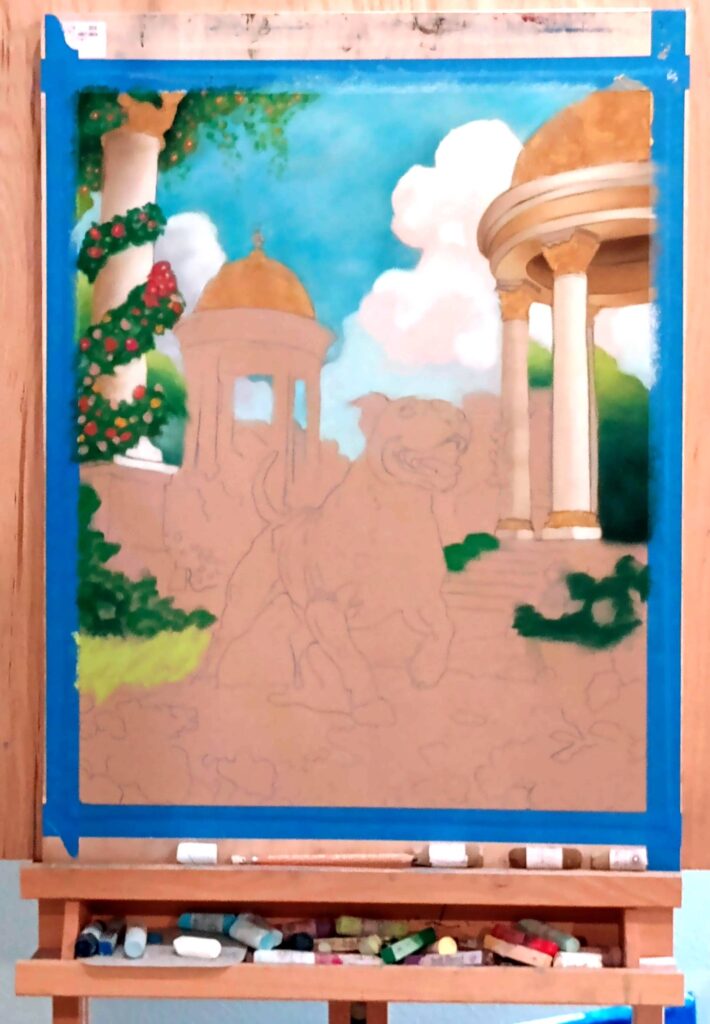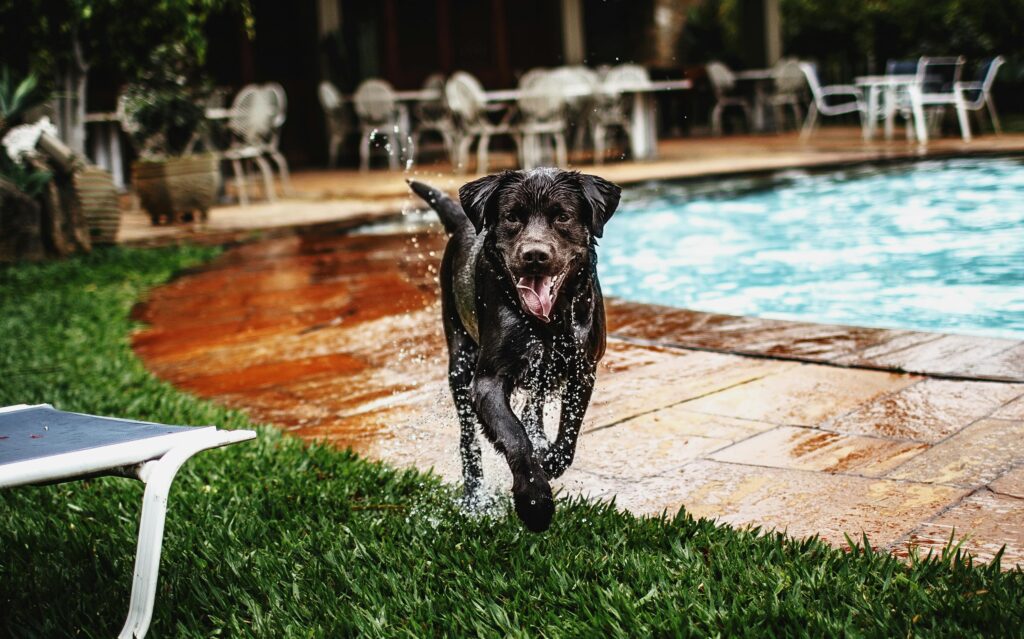Teaching Compassion Early: 6 Effective Anti-Cruelty Education Programs for Youth
Research consistently shows that teaching children empathy and respect for animals at an early age fosters lifelong compassion and responsible citizenship. By integrating humane education into schools, youth programs, and community initiatives, we can help prevent cruelty before it starts while nurturing the next generation of advocates. Below are six proven approaches that combine learning, creativity, and hands-on action.
1. “Be Kind to Animals” Week (Grades K–5)
Overview: A one-week series hosted by many local humane societies, combining literacy, art, and service.
- Storytime: Animal-themed books prompt discussion about responsibility and friendship.
- Kindness Pledges: Children commit to simple actions, such as feeding or walking their pets.
- Craft Projects: Activities like designing “gentle play” reminders reinforce humane treatment.
- Shelter Tour: Students observe how volunteers care for, socialize with, and feed animals.
Impact: Empathy is reinforced through both creative expression and real-world examples.
2. ASPCA “Kind Kids” Curriculum (Grades 3–6)
Overview: A structured classroom program that combines lessons, role-play, and service projects.
- Teaches the five essentials of care: food, water, shelter, medical attention, and love.
- Role-play scenarios prepare students to respond appropriately to cruelty.
- A “stuffed animal adoption” project simulates responsibility.
Impact: Builds empathy while teaching children safe, practical steps to protect animals.
3. “Puppy Mill Detective” Interactive Game (Ages 9–12)
Overview: A browser-based educational game where players investigate signs of cruelty.
- Players identify neglect, earn “kindness points,” and unlock humane care resources.
Impact: Complex issues, such as large-scale breeding operations, are made accessible through interactive, age-appropriate gameplay.
4. Shelter Supply Drive + Volunteer Day (Middle & High School)
Overview: A service-learning project that combines fundraising, volunteering, and reflection.
- Students organize a supply drive for shelters.
- They participate in supervised volunteer activities such as walking dogs or cleaning kennels.
- A reflection session deepens understanding of the human-animal bond.
Impact: Moves students from awareness to direct advocacy and sustained community engagement.
5. Puppetry & Storytelling Workshop (Grades K–2)
Overview: A creative introduction to empathy using puppets and guided storytelling.
- Children create “canine character” puppets.
- Stories explore feelings of fear, hunger, or loneliness.
- Role-play encourages problem-solving and compassionate responses.
Impact: Provides a safe, age-appropriate foundation for empathy and action.
6. Animal Welfare Ambassador Club (Grades 6–12)
Overview: An extracurricular leadership program that empowers students with advocacy skills.
- Education Team: Creates posters and presentations.
- Outreach Team: Partners with local clinics or shelters.
- Advocacy Team: Engages in civic efforts such as letter-writing campaigns.
Impact: Encourages long-term civic engagement and positions youth as community leaders.
Conclusion
Effective humane education combines knowledge, empathy-building, and action. Whether through classroom programs, creative workshops, or student-led advocacy, these initiatives prepare young people to recognize and prevent cruelty while fostering a culture of compassion.
For Educators and Community Leaders:
- Explore ASPCA’s humane education resources: www.aspca.org
- Learn more about global humane education initiatives through Humane World for Animals: www.humaneworld.org
- Partner with local shelters to integrate service-learning opportunities.
By introducing these programs early, we not only safeguard animals but also nurture empathy, responsibility, and community values in the next generation.
Cya next time and Happy Labor Day!
